Our 8 spring camping tips for quality nights in the wild
Our 8 spring camping tips will ensure you get out there during the rewarding spring season and enjoy your time in the backcountry to the max
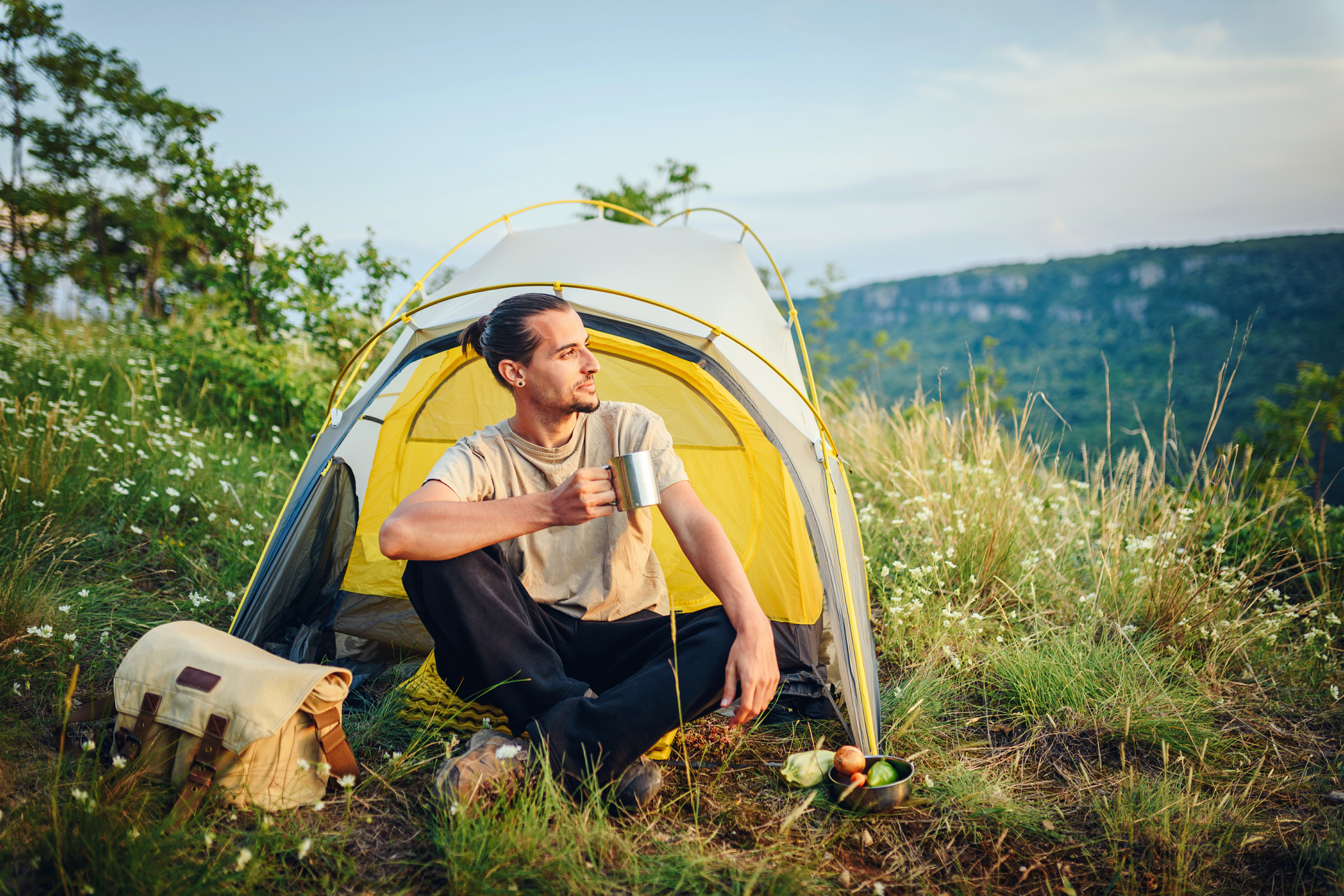
There are myriad good reasons to get out there and camp during spring. If, like me, you're like a coiled spring ready to get into the backcountry as soon as the year's first daffodil is sighted, you'll know the feeling. The campsites are quieter, the wildlife is glorious and the waterfalls are in full flow.
However, this idealized vision of spring is exactly that, idealized. Catch it on the wrong day and spring can also be damp, miserable and cold – less reliable than its summery neighbor. Spring camping can bring its own challenges , primarily because the weather can be so unpredictable, and the ground still soggy and muddy. Not ideal for pitching your best tent.
Every year for half a decade, I went camping in Yosemite National Park in early April. For the first four years, I wore shorts and T-shirt every day, but on the final year it snowed all week and temperatures were well below freezing overnight. Basically, you never know what you’re going to get when you go spring camping, but that doesn't mean you shouldn’t go – you’ll just want to be well-prepared with our spring camping tips.
Meet the expert
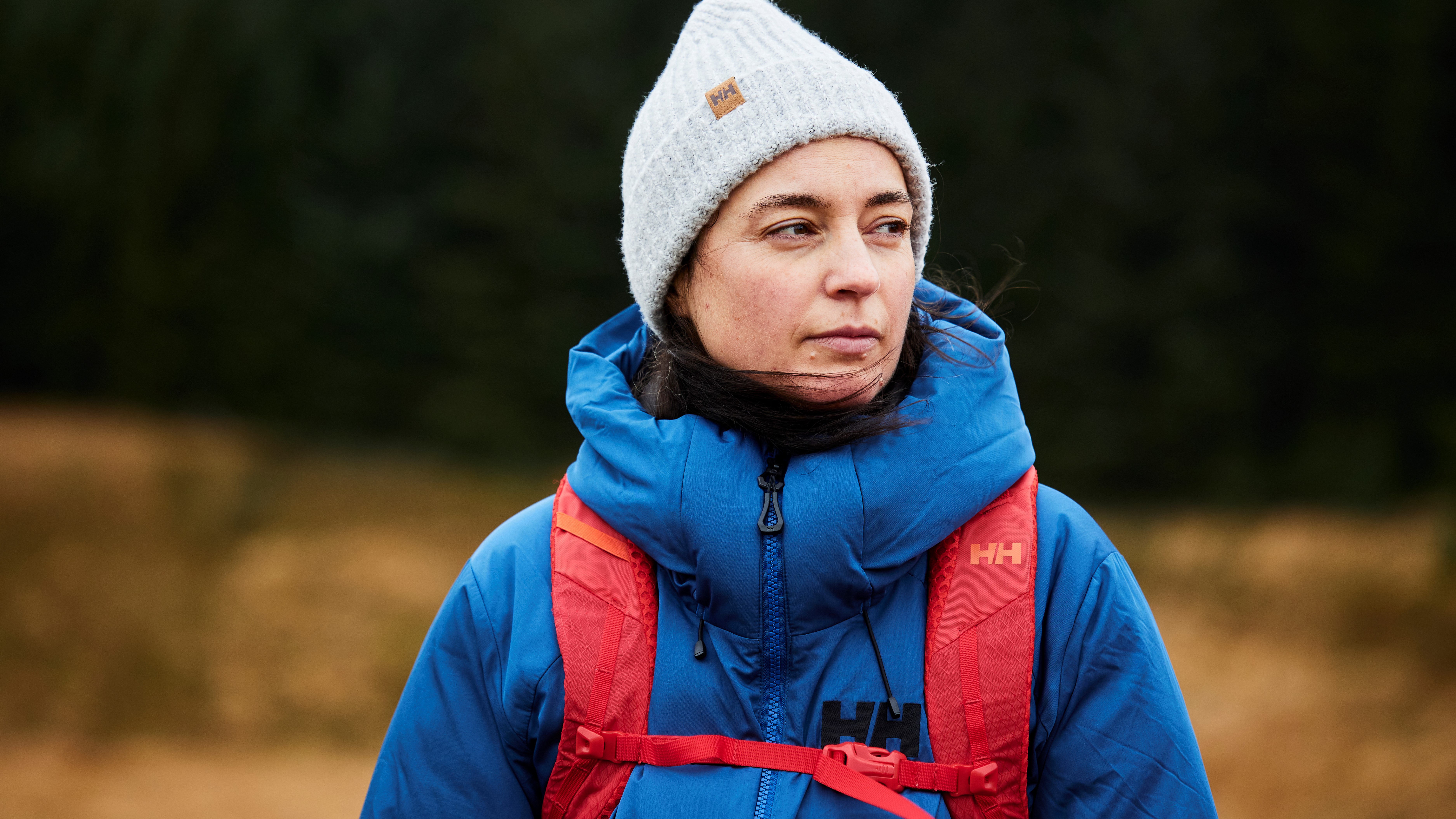
As one of our main camping experts, Julia loves nights spent under canvas, whether its a gorgeous summer night or a freezing cold but exciting winter camp. During her time in the US, she enjoyed many wonderful trips. She's now back in her native Scotland, where the Right to Roam means she can legally wild camp right across the country. Happy days!
Today's best deals
1. Seek drier ground
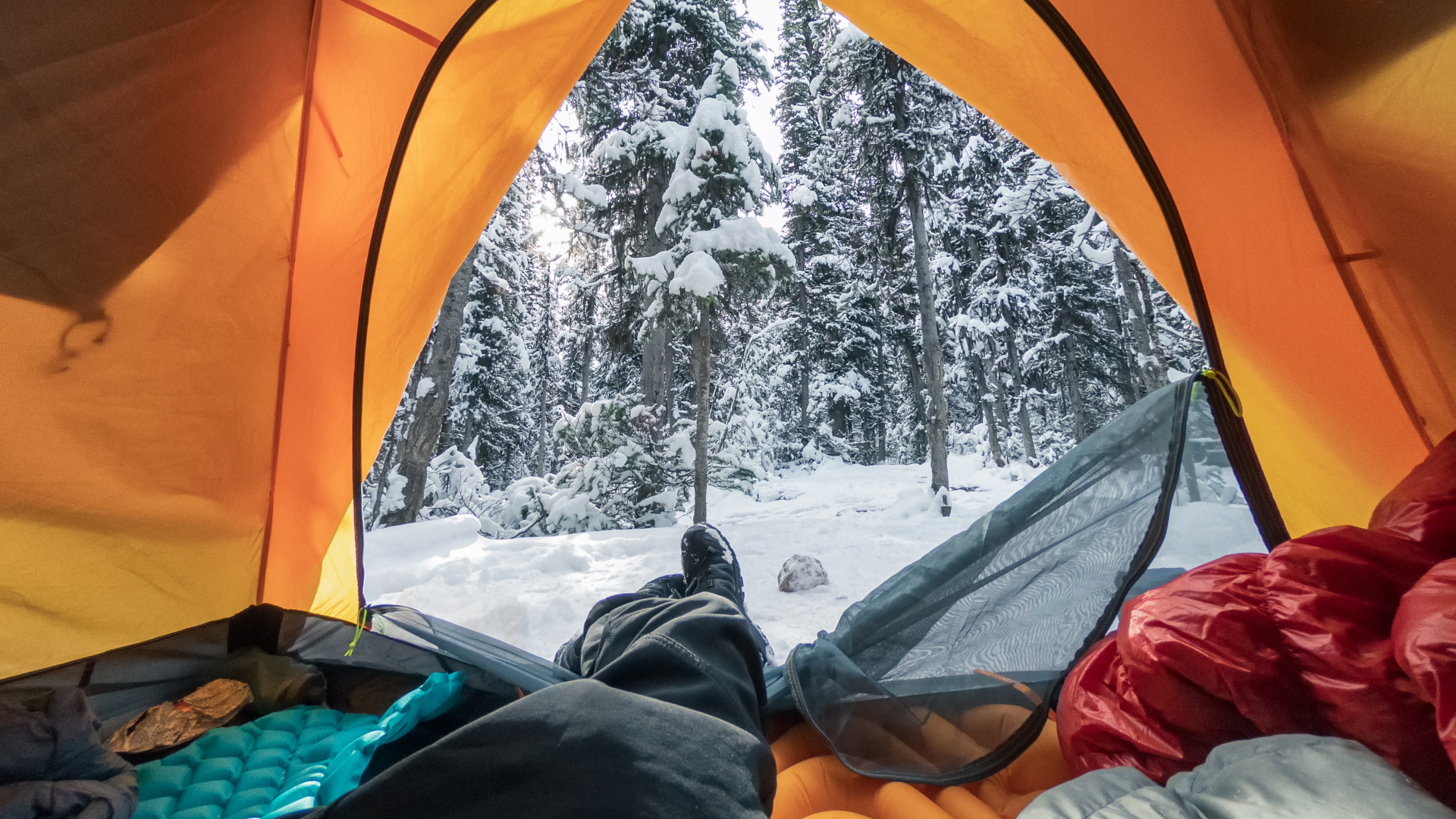
- Certain regions give you a greater chance of dry, warm weather
With the right gear, you can camp just about anywhere, but if you’re looking to minimize the likelihood of turbulent conditions, check out our list of the best National Parks for Spring Break, all of which often deliver more hospitable weather in the spring, and also consider desert camping if it’s available. Though you’ll want to have layers for colder overnights, desert areas like Moab are warming up by this time of year, and are nearly guaranteed to be pretty dry.
2. Check availability
- Not all campsites will be open during the spring
- Those that are open may get booked up quickly
Yes, campsites are quieter in the shoulder seasons, but sometimes that’s because they’re not open. Many campsites close for winter and don’t reopen until May, so if you’re planning on frontcountry camping in a developed campground, call ahead first and get a reservation. You can also sidestep this obstacle altogether by going backcountry camping or camping on BLM land.
3. Gear up for blustery weather
- It's worth being prepared for all weathers
- Below are a few gear considerations to make your trip weatherproof...
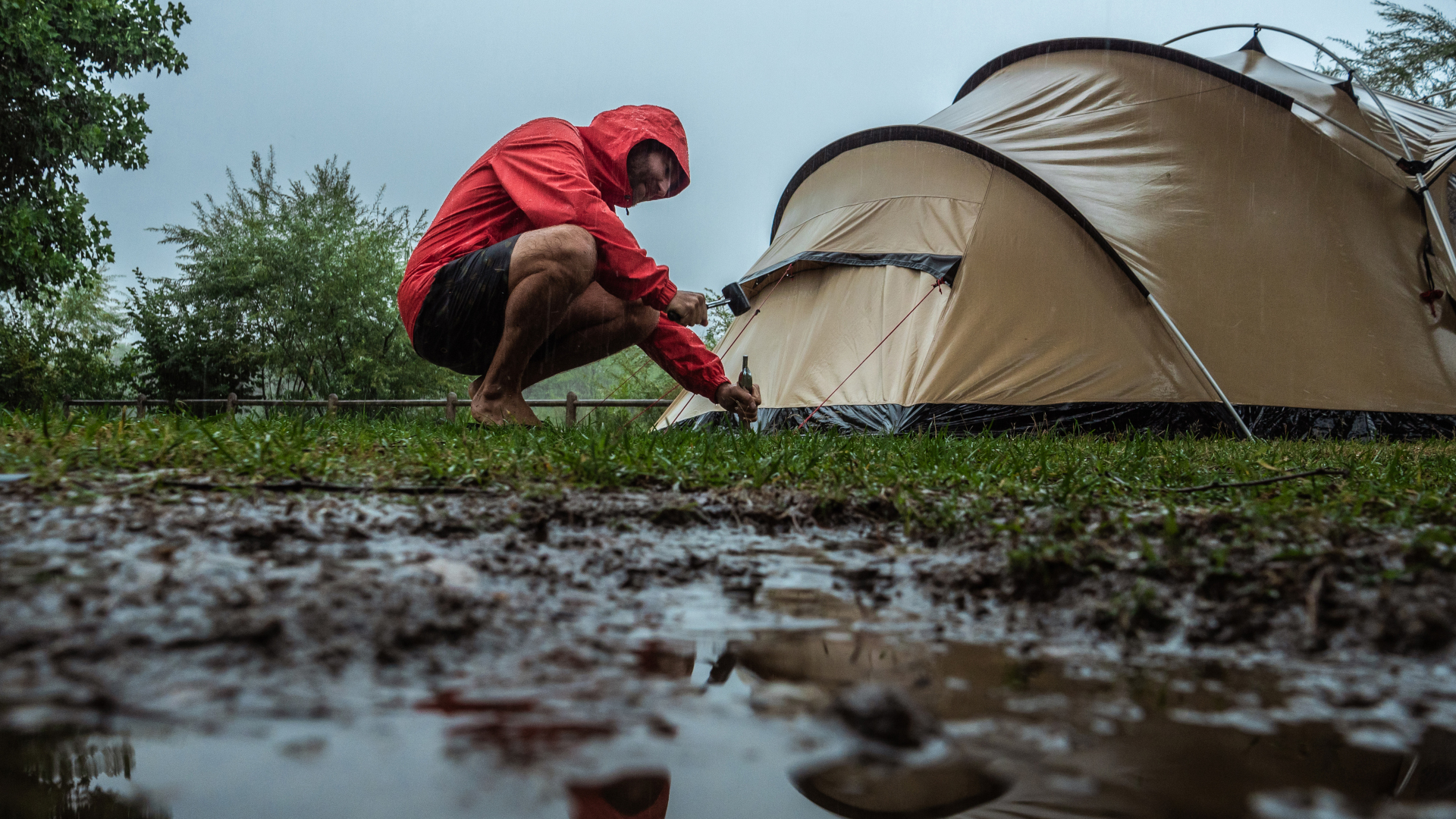
It’s true that the temperatures start rising in the spring, but really the weather at this time of year can best be classified as changeable. You might get lucky and enjoy sunny days with highs in the 70s, but there’s also a high chance of rain, snow and cold overnights. There can be a big difference between spring camping in northern California versus southern Virginia in April, so naturally you’ll want to consult a mountain weather forecast and understand the climate where you’re going, but here’s some gear you might want to consider to make your trip more comfortable:
- Tarp or canopy: A camping tarp or popup canopy can really save your spring camping trip if it’s wet. You can rig it up upon arrival then pitch your tent underneath it, so you’re not pitching in the rain. When your tent is up, move your shelter over the picnic table or set up your camping table and chairs underneath it so you always have a dry hangout spot.
- Four-season tent: If you are anticipating wind, snow and cold conditions, you may want to invest in a more robust tent, whereas if you’re heading somewhere warm, your standard tent will do nicely. Read up on how to stop condensation in a tent if you’re looking at damp conditions.
- Sturdy tent pegs: The ground may still be quite waterlogged in the spring, or even muddy, and combined with gusty conditions this can make for a very feeble setup. Invest in a set of sturdy tent pegs made from steel, or aluminum or titanium if weight is an issue, and bring a camping hatchet to drive them into the ground and reinforce your sleep shelter.
- Three-season sleeping bag: The last thing you want is to be cold at night when you’re trying to sleep, and even in the nicest climates, you might experience chilly nighttime lows, so bring a three-season sleeping bag and remember you can always unzip if you get too warm.
- Wellies: Muddy conditions can be a pain, and so can constantly lacing up and removing your hiking boots. It can be great to stash your wellington boots inside the tent vestibule (where you’d keep your flip flops in summer) so you can easily pull them on to use the bathroom or move around the campsite.
- Camping towels: You may not be able to avoid mud outside your tent, but you definitely want to avoid it inside your tent. Bring a couple of camping towels for wiping off muddy clothing and boots before entering the tent.
- Quick-drying layers: When there are wild temperature swings in play, layering up is the name of the game, so you can stay warm when it’s cold and strip off when it’s hot. However, make sure you’re choosing quick-drying fabrics like merino wool and synthetics and avoid cotton and bamboo, so if you do get damp, you don’t stay that way.
- Waterproofs: A tarp is great, but damp weather has a way of penetrating everything. Make sure you pack a waterproof jacket and rain pants to keep your thermals and mid layers nice and dry.
- Trash bags: Bring loads of trash bags that you can use to line tents in an emergency, keep your sleeping bags dry in transport and stash wet gear in. When you get home.
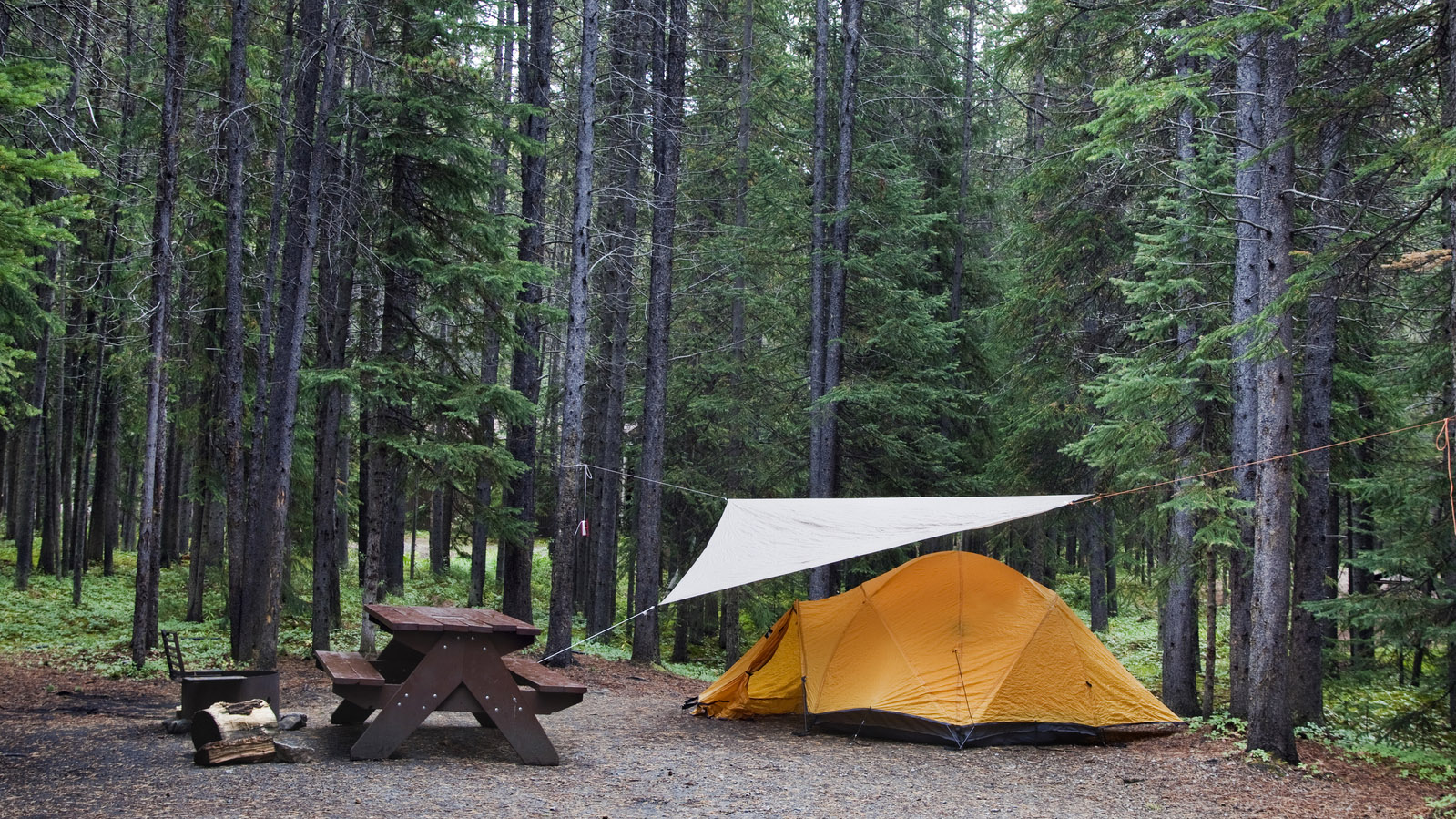
4. Plan hot meals
- Hot meals are a real boon in spring, when evening temperatures may still be low
Even if the weather is great, the sun is still setting earlier in the spring and the evenings are cooler than during summer camping. Sandwiches and salads picked up from the deli counter at the grocery store on your drive out are convenient, but you’ll be glad to begin and end each day with a hot meal. For an easier option on a quick trip, bring your camping stove and some freeze-dried camping meals, but if you have the means, bring along your double-burner stove or dutch oven and plan on some hearty camping meals to warm you up. Don't forget your best camping mug so you can warm up with a hot cup of coffee in the morning before the mist burns off!
All the latest inspiration, tips and guides to help you plan your next Advnture!
5. Bring binoculars
- Spring is the ultimate for wildlife watching, so bring binoculars
- Remember to watch but not disturb native wildlife
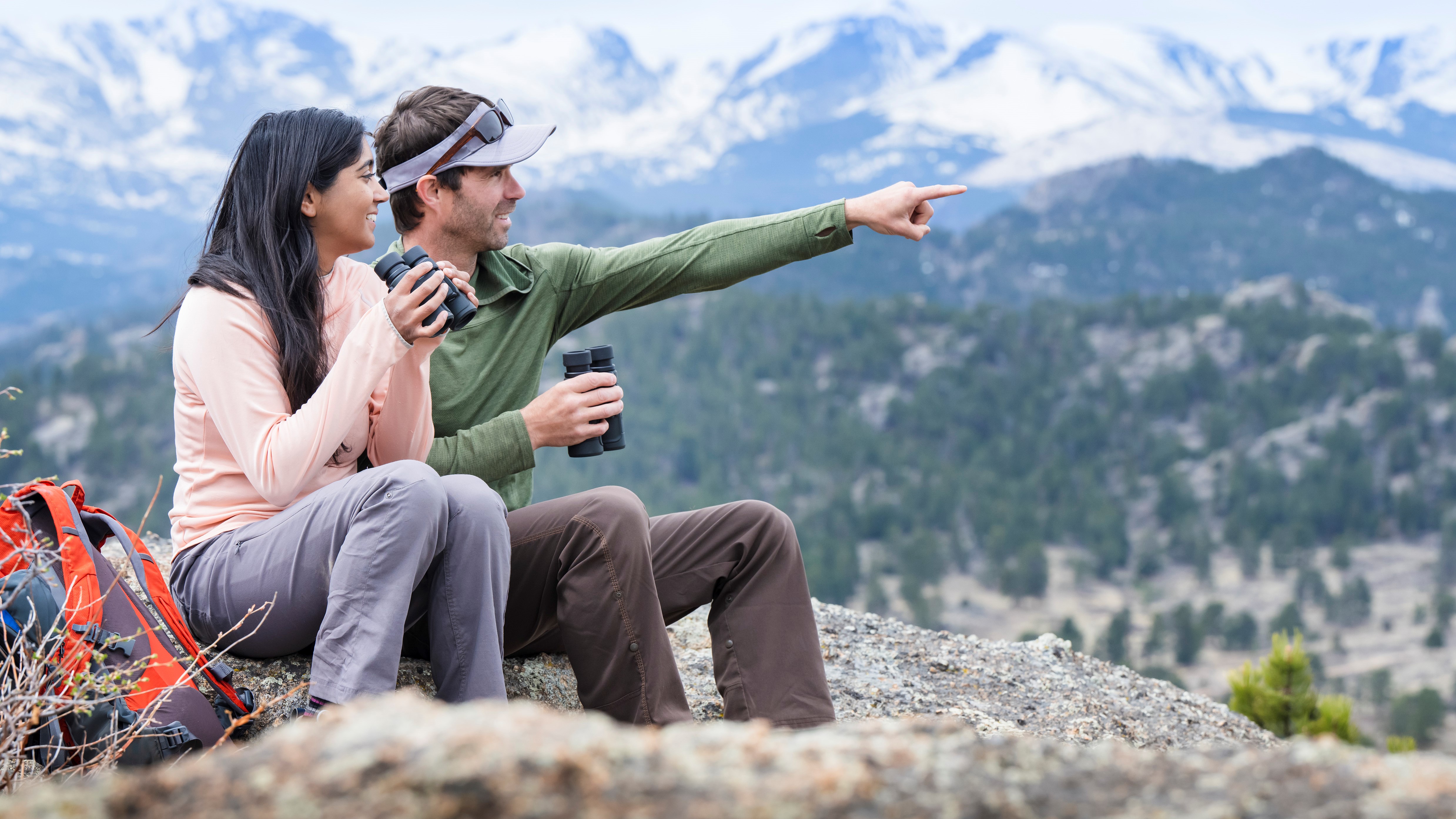
Spring is an amazing time for wildlife activity. Hibernating animals from chipmunks to bears start to wake up (if you’re in bear country, make sure you know what to do if you meet a bear and use the bear canisters provided, obviously), migrating birds return to start breeding and nesting and amphibians lay their eggs. You’ll want to observe any trail closures due to wildlife migration and nesting, but this is really an excellent time to watch wildlife, so bring your binoculars and make time for bird watching and other wildlife spotting.
6. Stick to lower trails
- The lower you stay, the warmer and drier it will be
If your camping trip involves hiking, you’ll want to stick to trails that are lower in elevation at this time of year, as there can still be a lot of snow up high making for dodgy conditions. Down low, you’ll find drier and more passable trails, and hopefully you’ll be treated to some brilliant spring wildflower displays too. Read our spring hiking tips for more information on the best gear and approach.
7. Have a plan B
- Identify activities you can do indoors if the weather turns
- Bring cards and board games for rainy day, tent fun
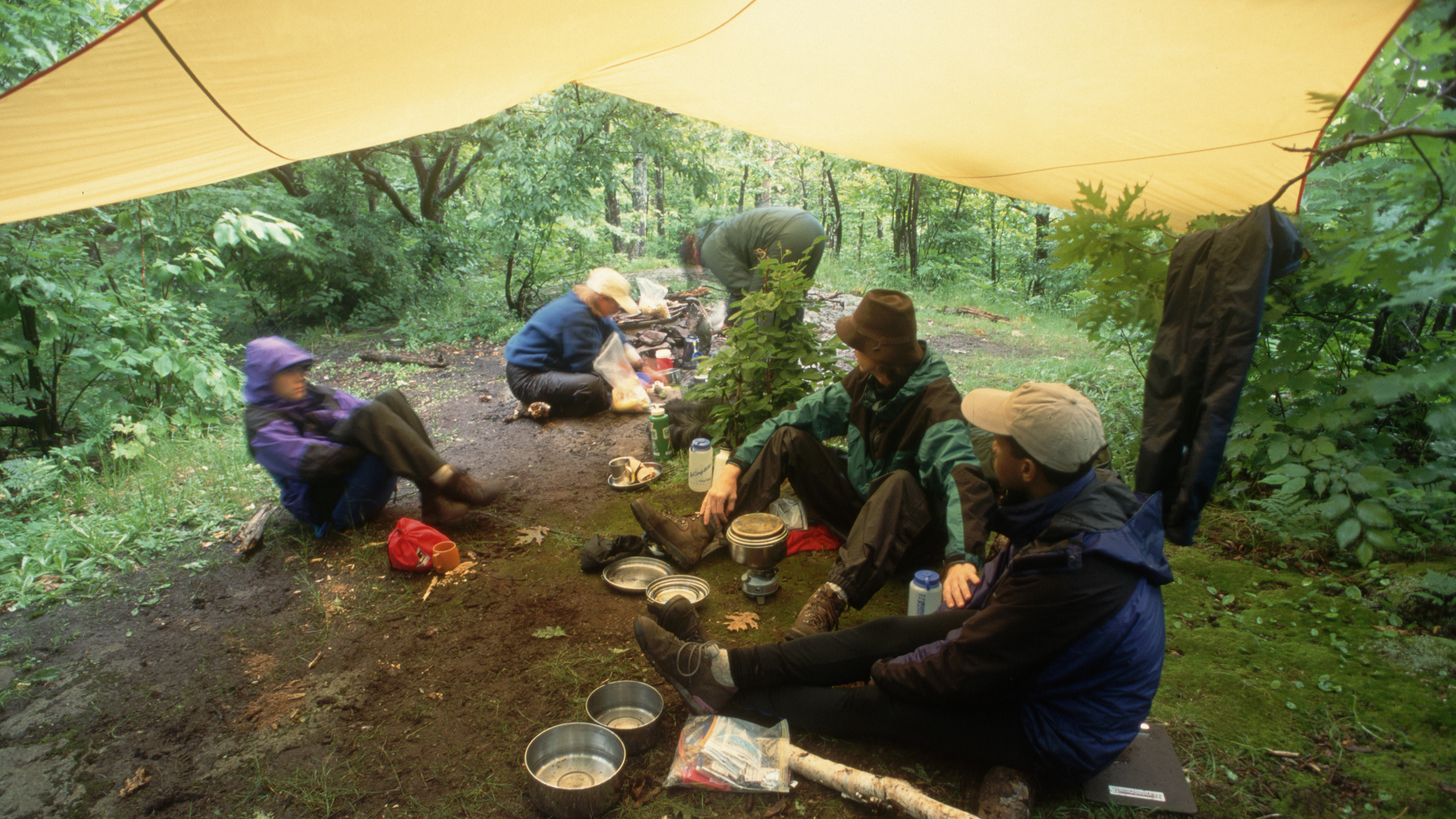
The conditions really might be quite uncomfortable, and you don’t necessarily have to have a backup plan for your entire trip, but you’ll want to have some ideas for alternate activities if it’s heavy rain all day. As an example, some of my favorite plan B’s in Yosemite include heading out to the Yosemite Bug Rustic Mountain Resort and using the spa, visiting the Mariposa museum or having a cocktail at the Ahwahnee hotel.
If you’re camping at elevation, you might also be able to drive half an hour and find yourself in a totally different climate where you can hike comfortably. Also consider bringing cards and board games for hanging out under the shelter back at camp.
8. Dry your gear properly afterwards
- Hang up your tent, sleeping bag and pad to get them thoroughly dry
If your gear gets wet, it honestly probably is just easier to shove it all in the back of the car when the time comes to get on the road, but don’t fall into the trap of leaving it there for a few days when you pull up in the driveway, tired and ready for the couch. Make sure you hang up your tent, sleeping bag and pad for a day or two to dry thoroughly, wipe off any mud and pack them away properly so they live to see lots more adventures.
Julia Clarke is a staff writer for Advnture.com and the author of the book Restorative Yoga for Beginners. She loves to explore mountains on foot, bike, skis and belay and then recover on the the yoga mat. Julia graduated with a degree in journalism in 2004 and spent eight years working as a radio presenter in Kansas City, Vermont, Boston and New York City before discovering the joys of the Rocky Mountains. She then detoured west to Colorado and enjoyed 11 years teaching yoga in Vail before returning to her hometown of Glasgow, Scotland in 2020 to focus on family and writing.

